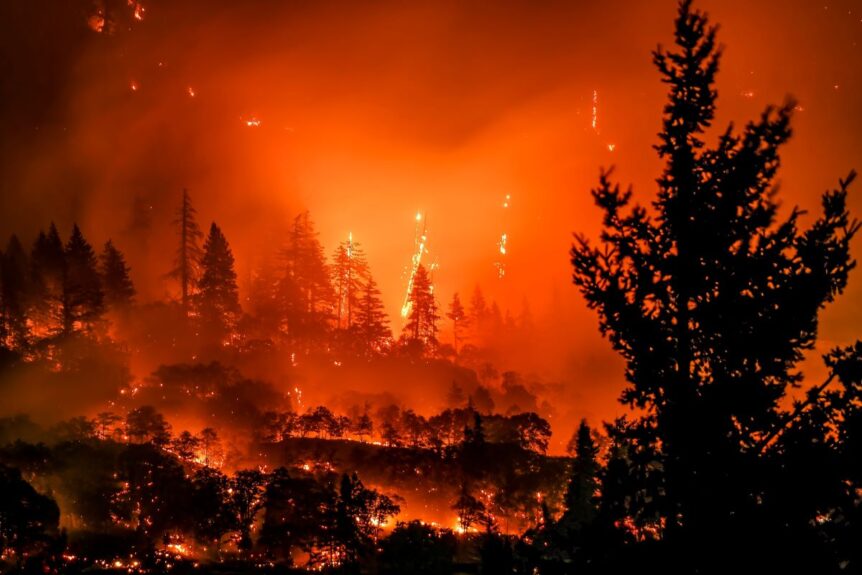Oregon is facing extreme wildfires that have been exacerbated by high temperatures, dry landscapes, and the potential for lightning. While climate-related conditions have made the situation worse, these wildfires could be destructive for residents and the environment as the fire rages on.
Fires in Oregon
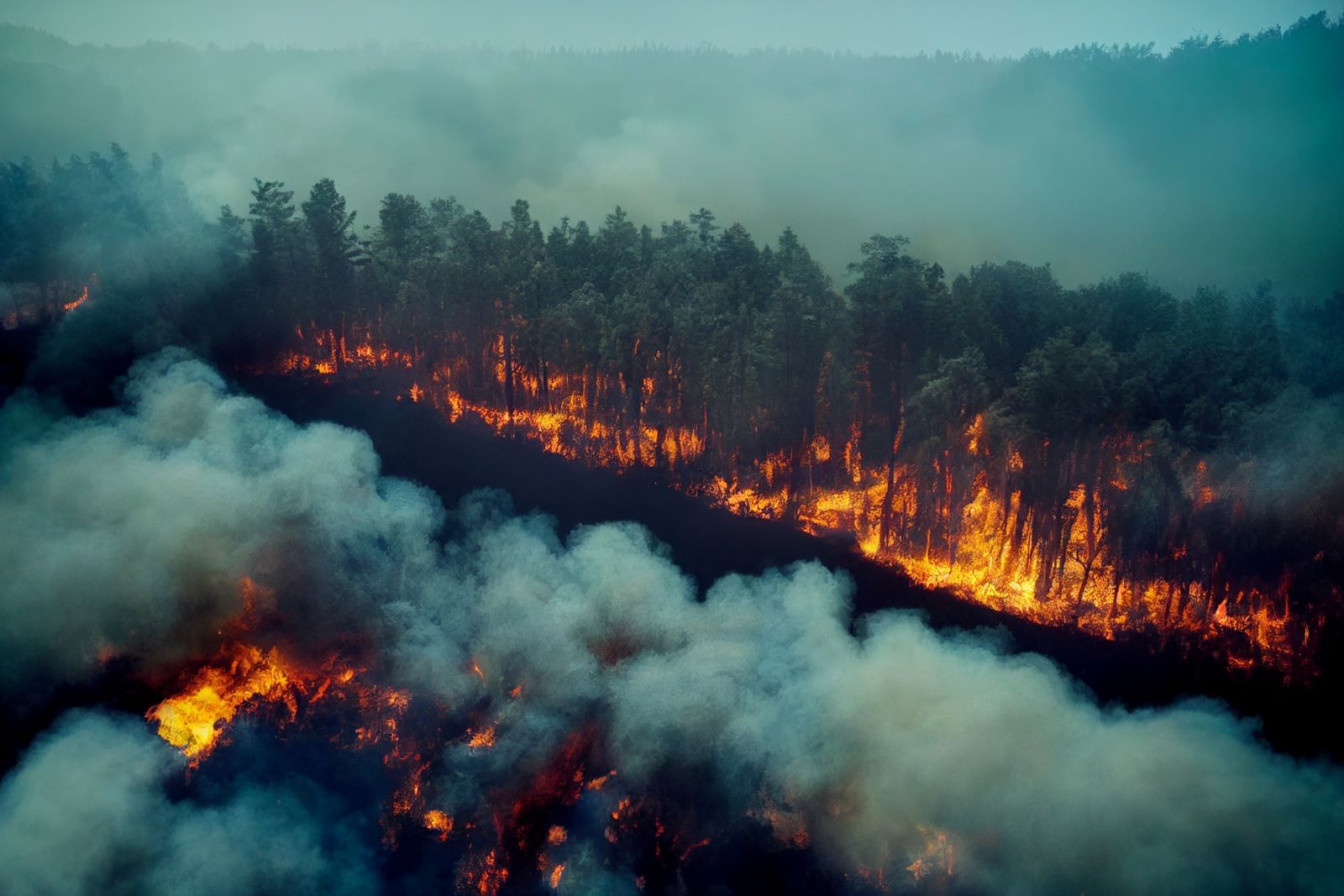
Image Credit: Shutterstock / M. Federico
Several wildfires have broken out and are quickly spreading across Oregon. Some of the biggest fires have created concerns about the safety of residents and the potential environmental impact.
Cow Valley Fire
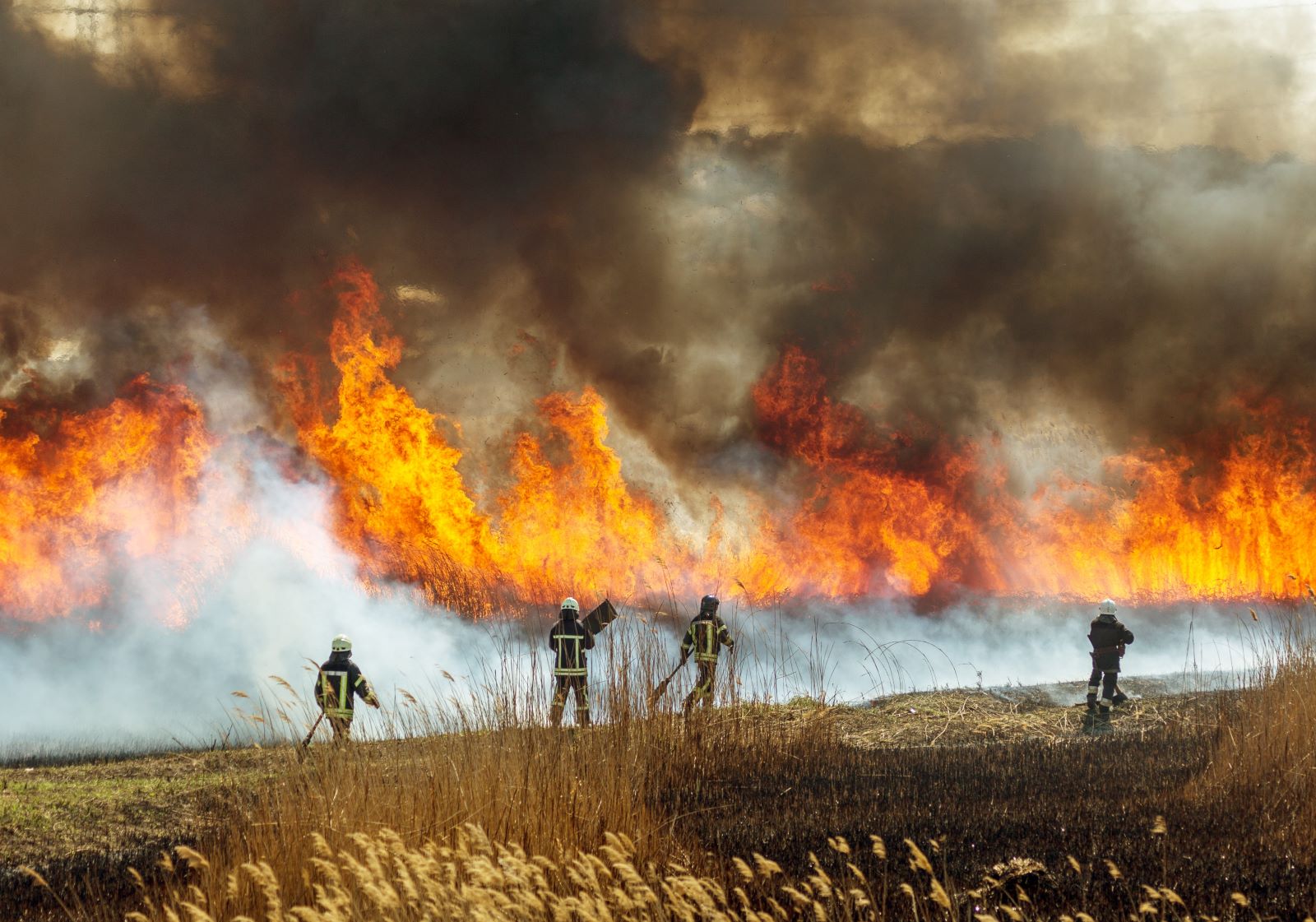
Image Credit: Shutterstock / A_Lesik
This largest fire, named the Cow Valley Fire, reaches along the state’s eastern side. It stretches across nearly 133,000 acres as of July 15th.
What’s a ‘Megafire?’
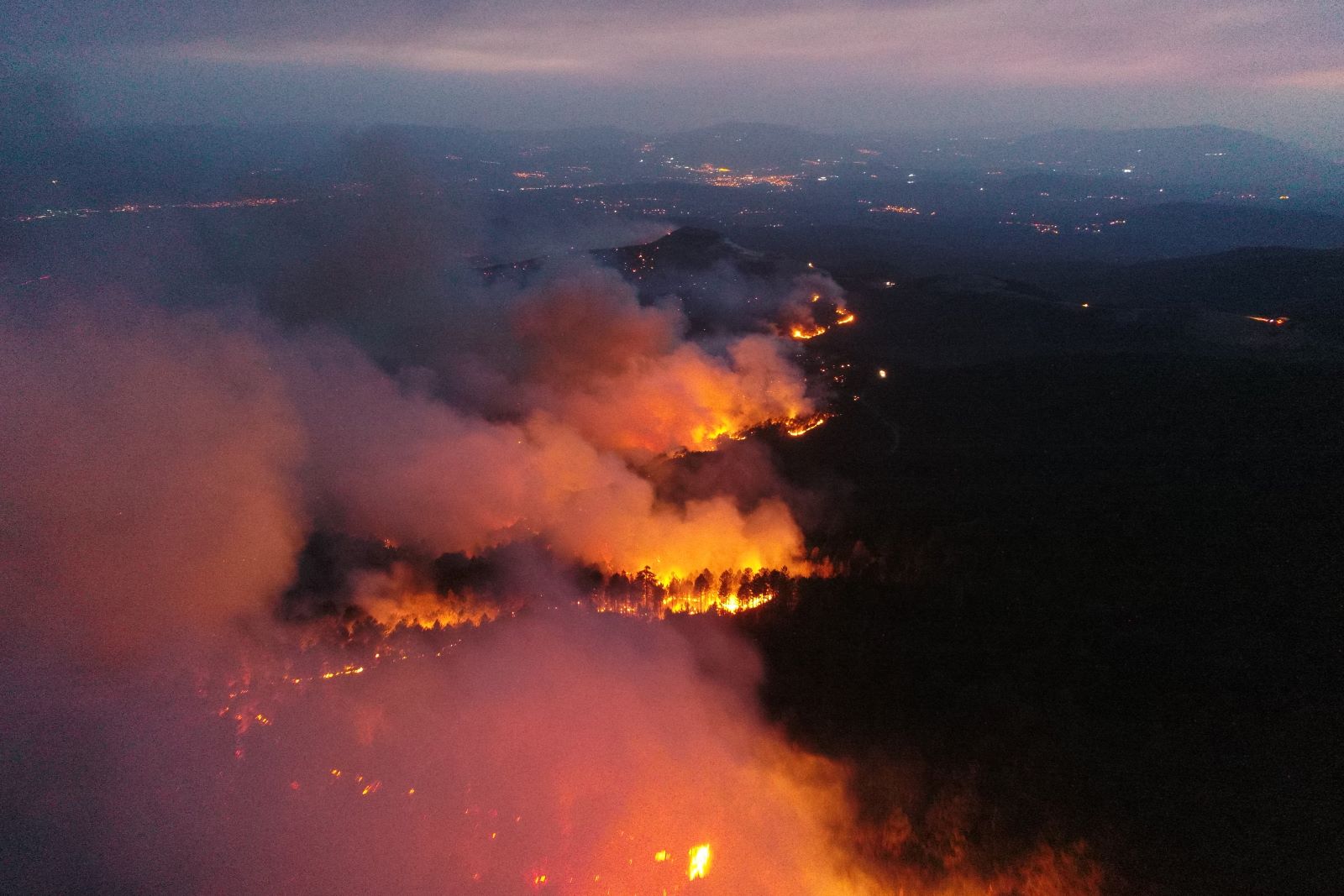
Image Credit: Shutterstock / aerial view istanbul
The biggest blaze has now been classified as a ‘megafire.’ The size of this fire combined with its potential to cause more damage around the state, makes it a serious threat to residents and local areas.
Human Causes
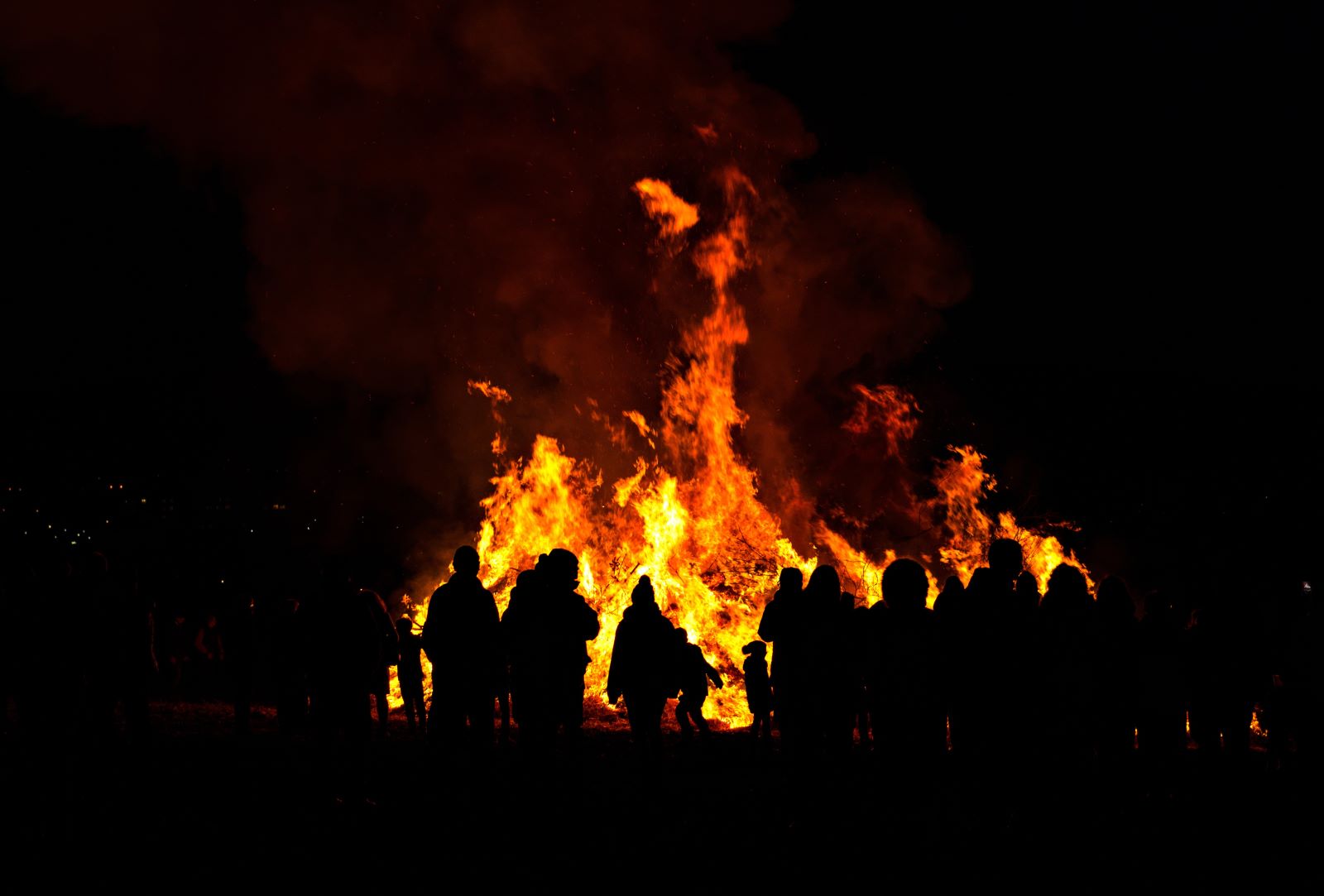
Image Credit: Shutterstock / Firma V
According to official reports, this fire was likely human-caused, although more details about the origins of the fire and how exactly it began are unclear at this point.
Fuel and Temperatures
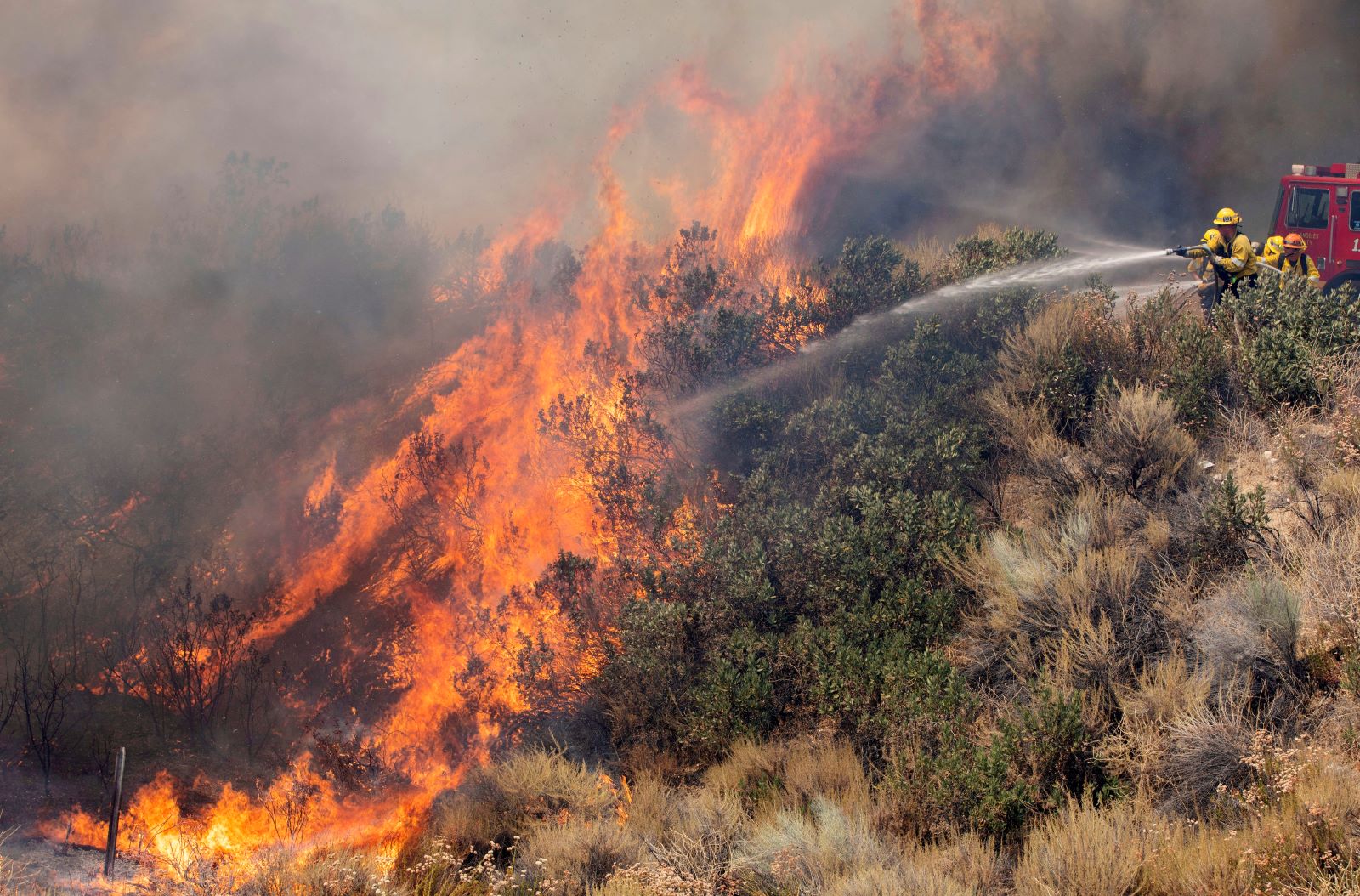
Image Credit: Shutterstock / J.Emilio Flores
The current spread and intensity of the fires have been made worse by the dry vegetation, intense winds, and high temperatures. These conditions have created an ideal environment for the fires to spread.
Impact on Local Communities
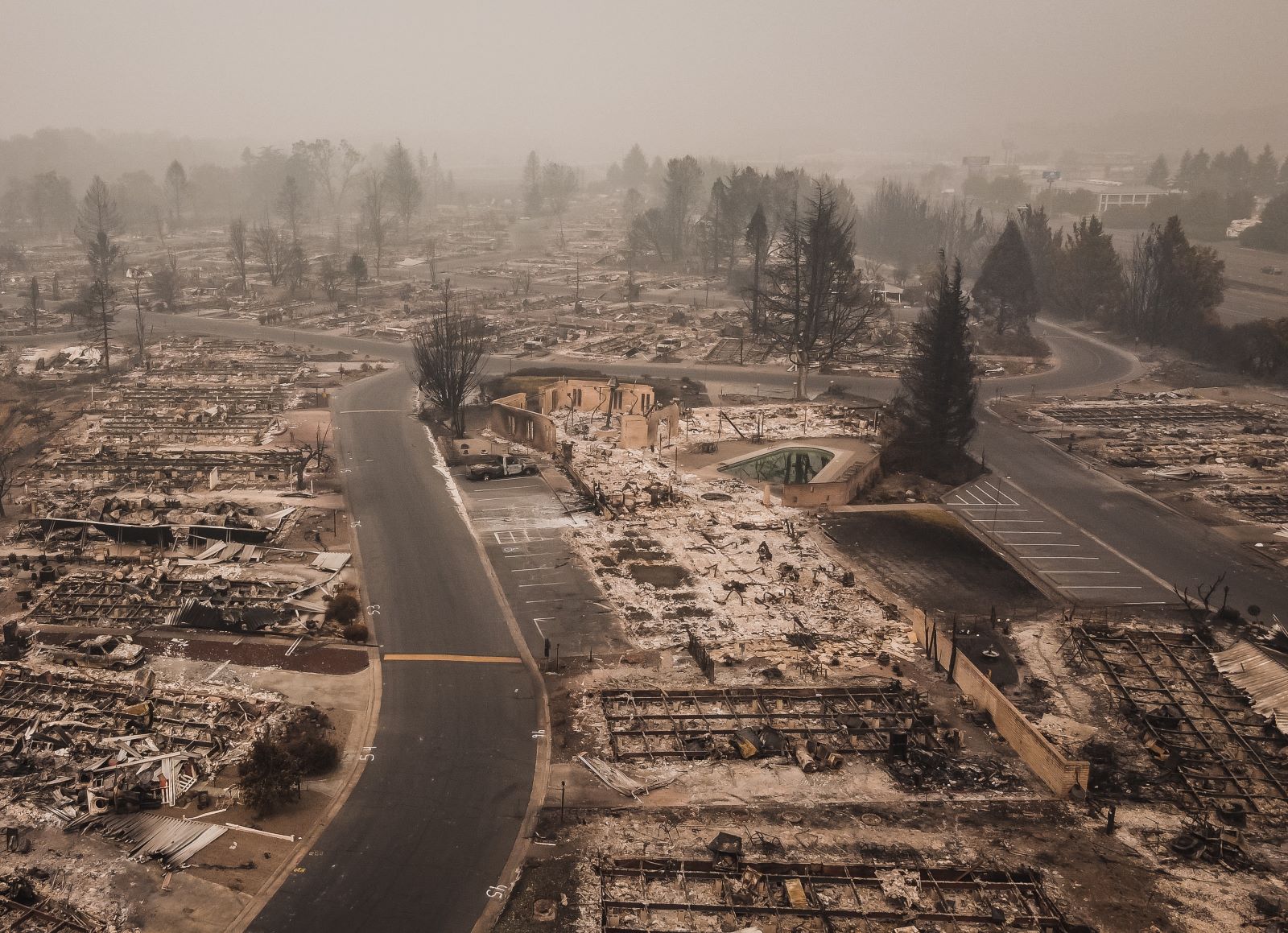
Image Credit: Shutterstock / arboursabroad.com
Residents in the affected areas are being quickly evacuated as the threat continues to grow. Property loss and health risks from smoke inhalation are hitting residents in the affected areas.
Firefighting Efforts
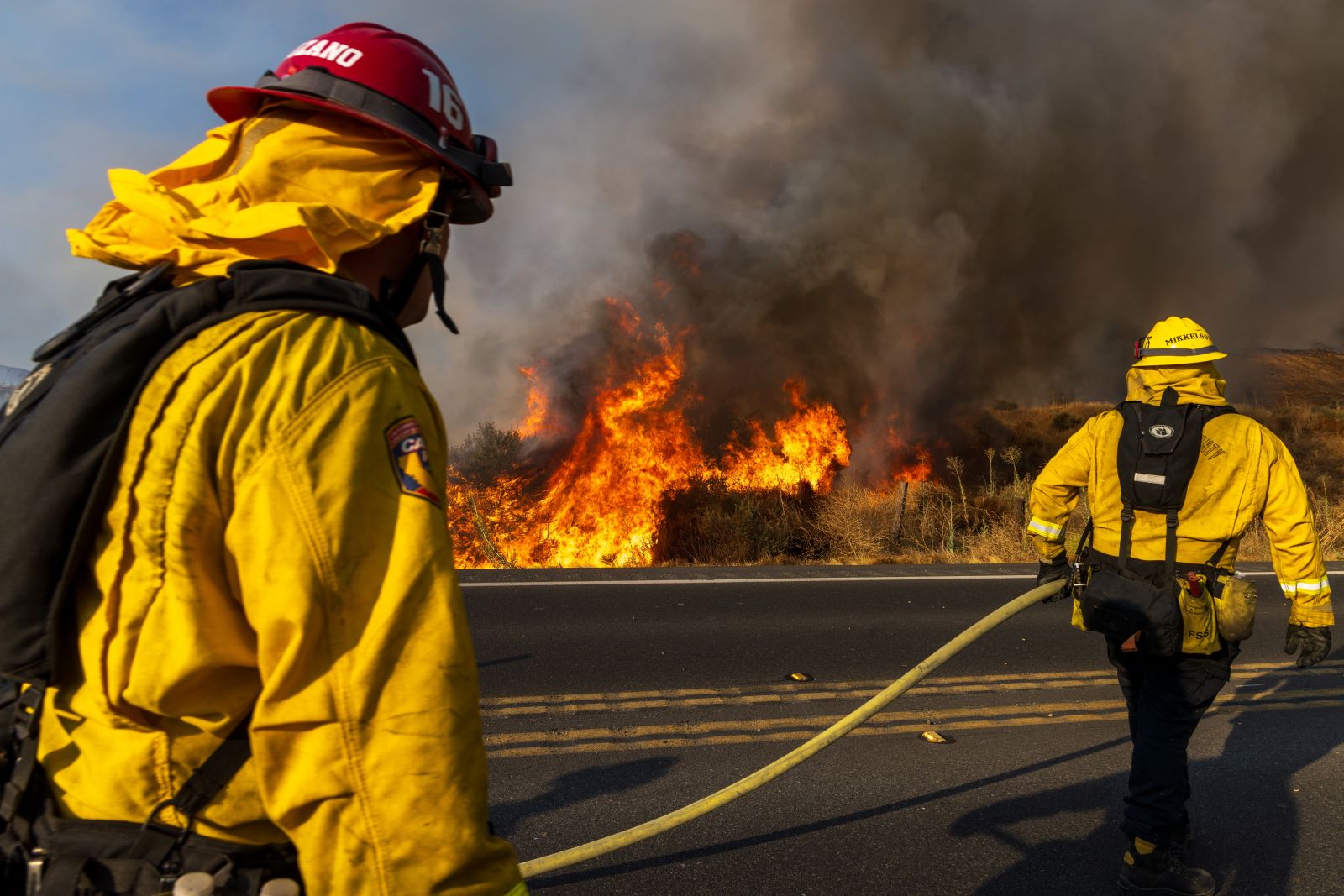
Image Credit: Shutterstock / Jack Quillin
Firefighting teams are still working hard to contain and slow the spread of the fires. Ground crews, air rangers, and other agencies are offering support in these efforts.
Changing Weather
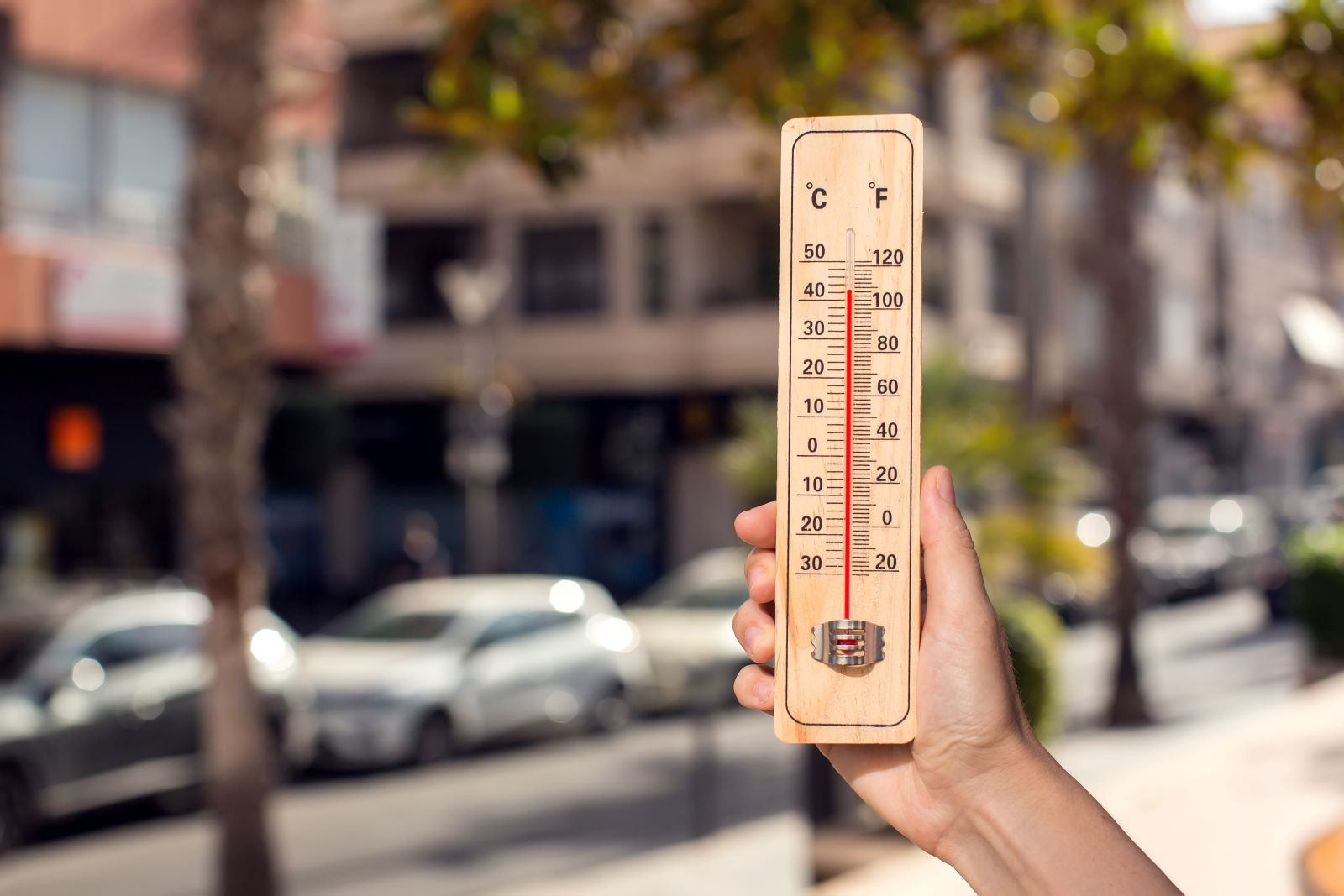
Image Credit: Shutterstock / aleks333
Although a temporary halt in high temperatures was helpful in the firefighting efforts, there’s now a chance that this week will be even hotter and include a risk of lightning, which could be catastrophic for stopping the fires.
State of Emergency

Image Credit: Shutterstock / Sergey Nivens
Oregon’s Governor Tina Kotek declared a State of Emergency in order to access the proper resources to combat the wildfires.
Governor Kotek’s Commitment

Image Credit: Shutterstock / Salivanchuk Semen
Kotek commented on this decision by saying, “The best way to limit wildfire impacts on our communities, natural areas, and first responders is to be aware of the conditions and prevent wildfires from starting.”
Containment Challenges
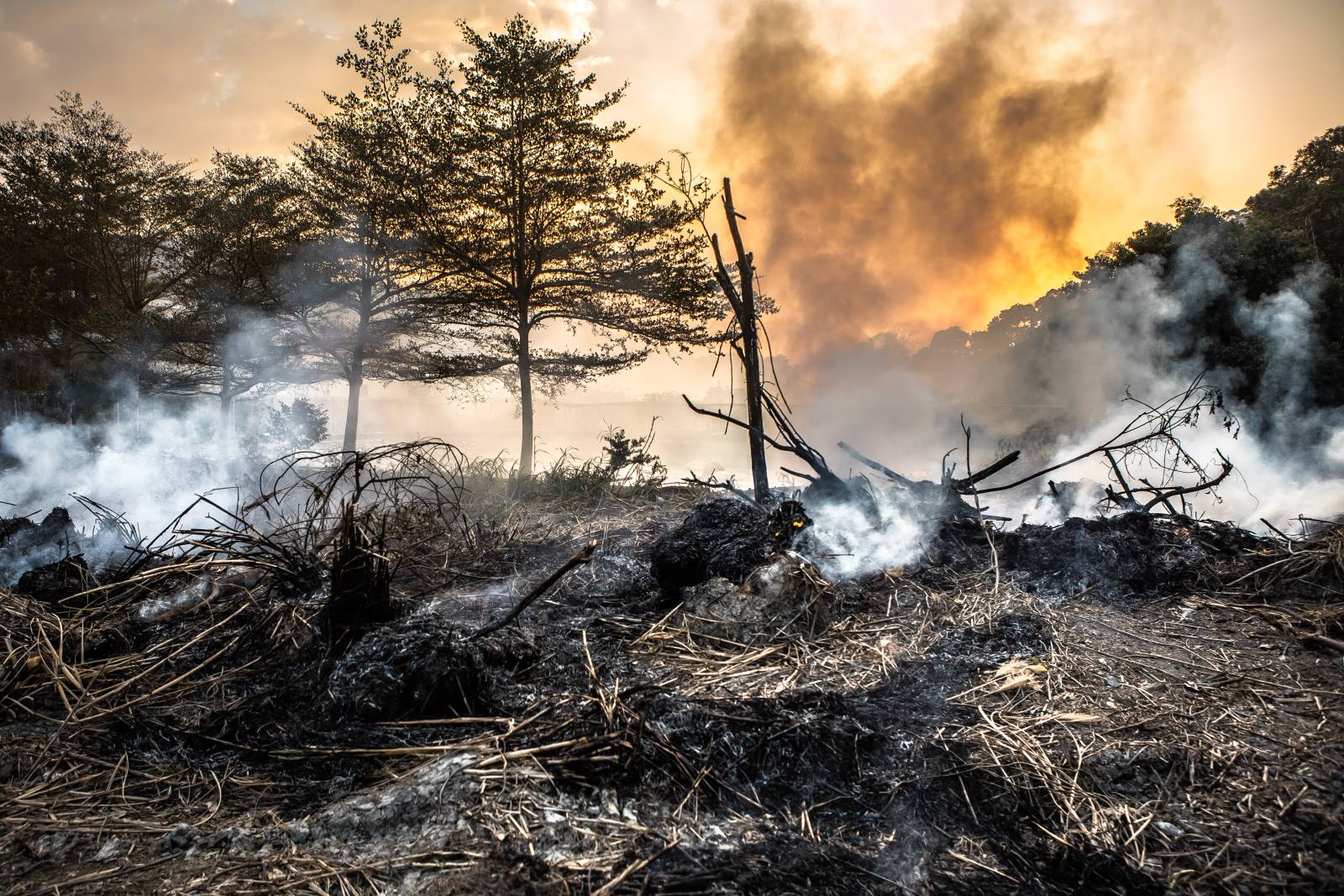
Image Credit: Shutterstock / Jackal Yu
While some of the fires have been contained at this point, still others continue to burn. Firefighters have a large problem to try to contain, as wildfires and their spread can be quite unpredictable and hard to manage.
The Role of Climate Change

Image Credit: Shutterstock / Ververidis Vasilis
Experts have pointed out that climate change is one of the main reasons why we continue to see more frequent and intense wildfires. Places like Oregon, with dry and intense heat, are especially vulnerable to the effects of a hotter planet.
Oregon’s Climate Policies

Image Credit: Shutterstock / Andrey_Popov
In 2020, Governor Brown issued an order intended to reduce greenhouse gas emissions further below 1990 levels and to increase preparations from extreme weather events.
Preventative Measures

Image Credit: Shutterstock / Firefighter Montreal
Future measures in preventing wildfires may include stricter regulations, improved land management practices, and more funding directed to firefighting resources.
Aid Increases

Image Credit: Shutterstock / PeopleImages.com – Yuri A
Local communities have been strong in their support. Many organizations and volunteers have provided aid for those most affected by the fires.
Health Implications of Wildfire Smoke

Image Credit: Shutterstock / leungchopan
The smoke of these fires, and the longer they continue to burn, pose serious health risks to locals. Vulnerable populations are likely to have more trips to the hospital.
Environmental Impacts
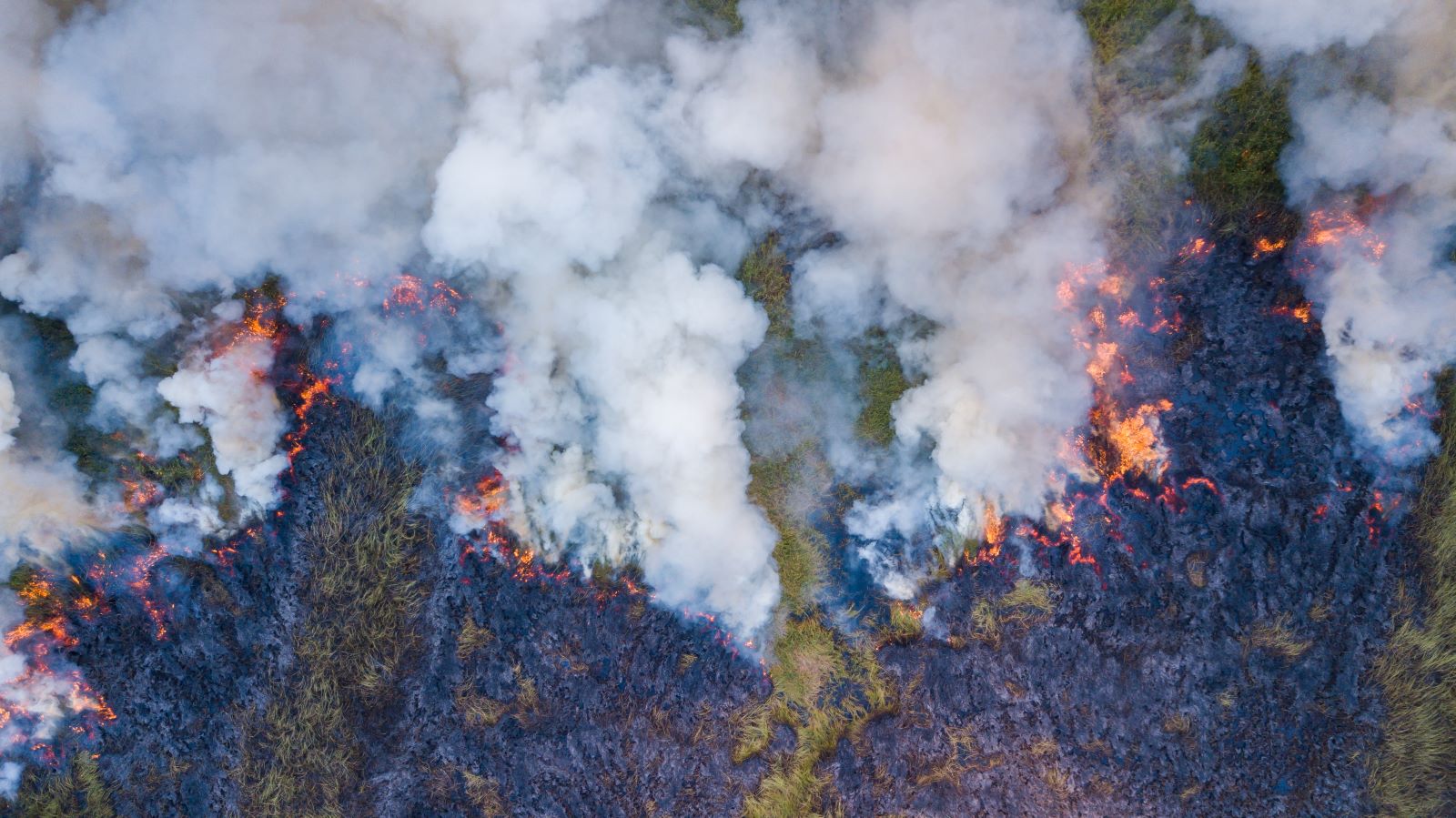
Image Credit: Shutterstock / apiguide
These fires cause big hits to the local environment. Wildlife habitat loss, soil erosion, and damaged ecosystems are among the many negative effects that occur from wildfires like these.
Increasing Firebreaks
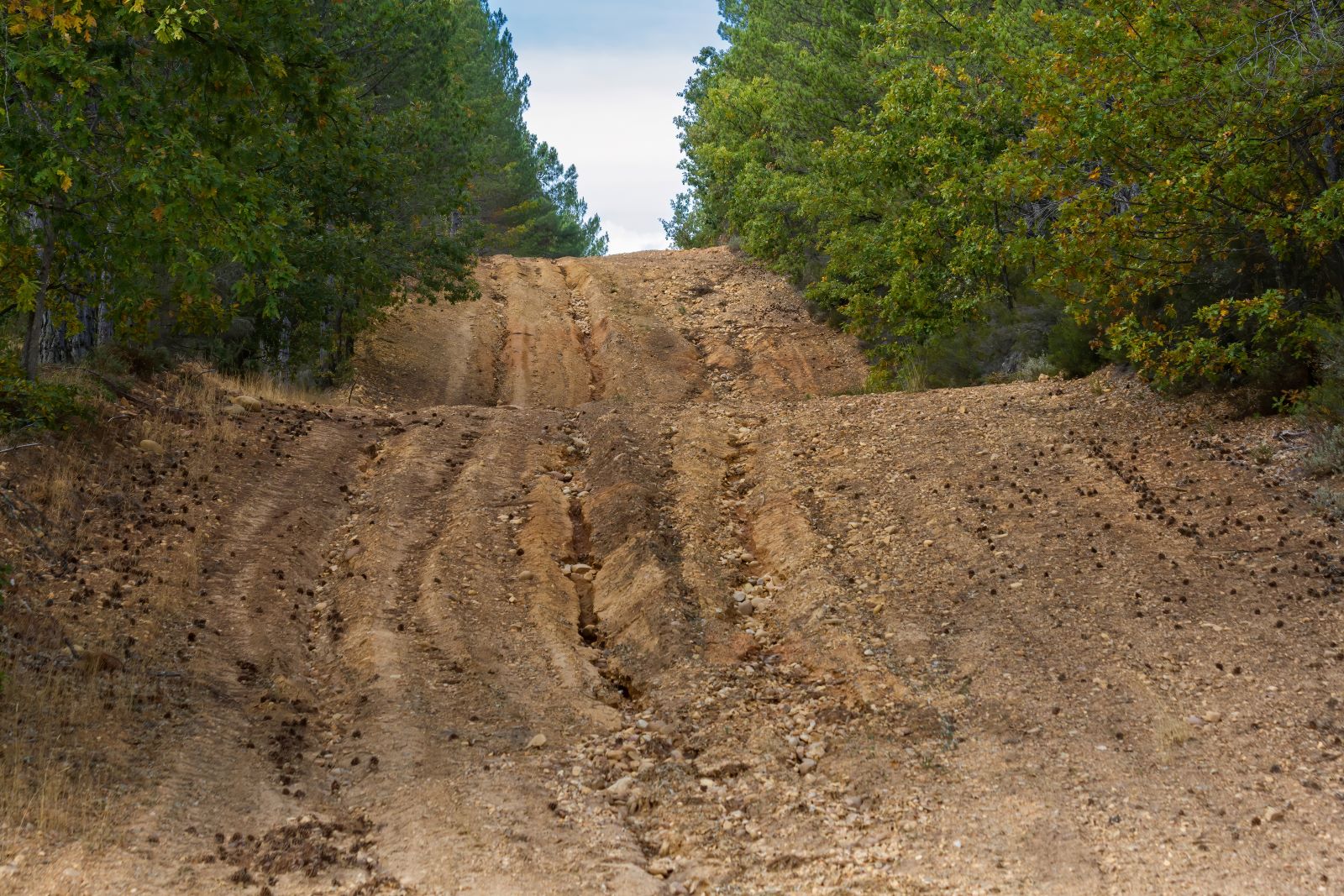
Image Credit: Shutterstock / Sigur
Firebreaks are obstacles that stop the spread of fire, which can be an essential strategy when it comes to preventing the spread of wildfires and protecting the people who live in affected areas.
Lessons from the Past
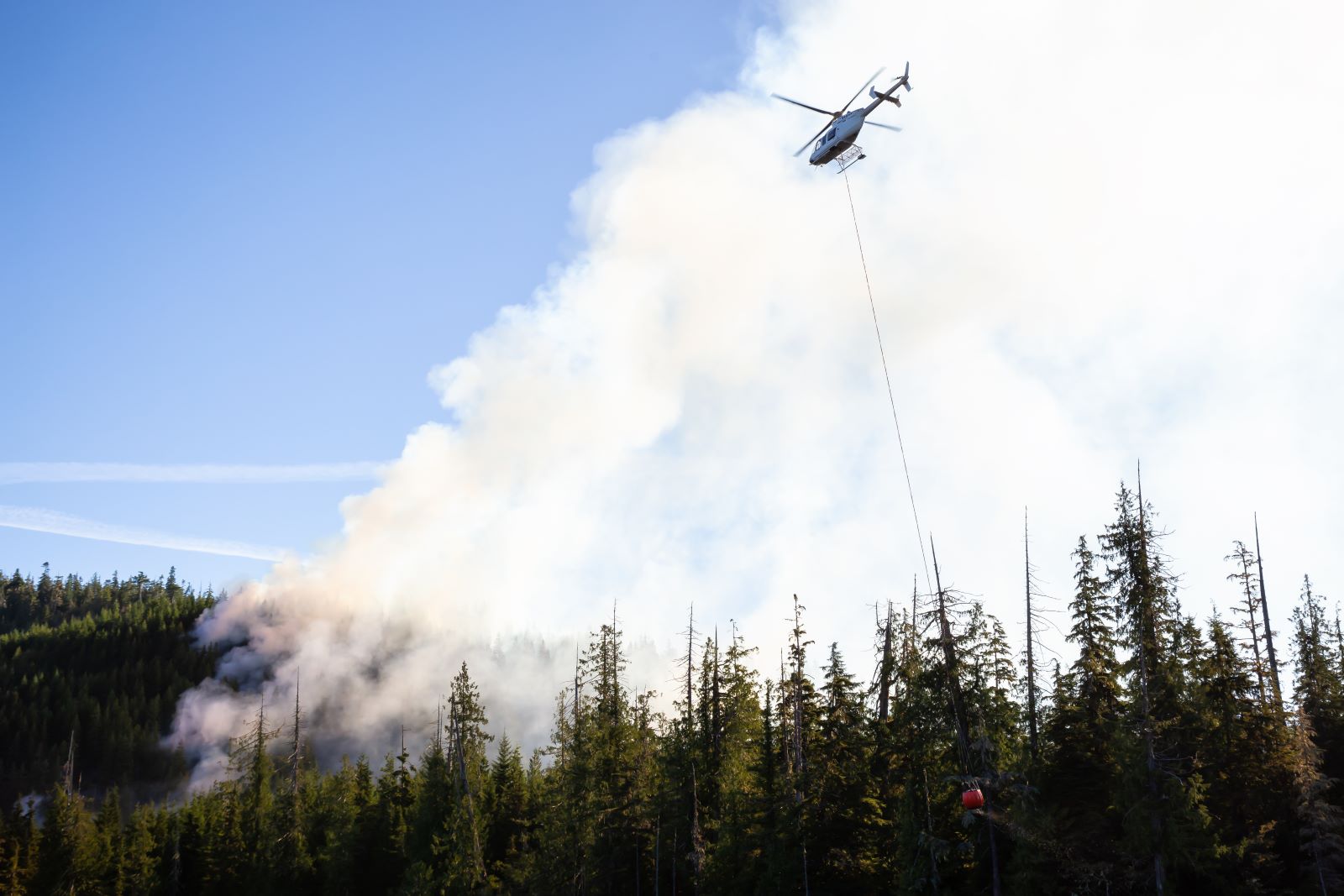
Image Credit: Shutterstock / EB Adventure Photography
Past intense wildfires have proven the devastation that comes when raging fires are left unchecked. Being prepared and rapidly responding are the best methods when it comes to fire management.
Technological Innovations
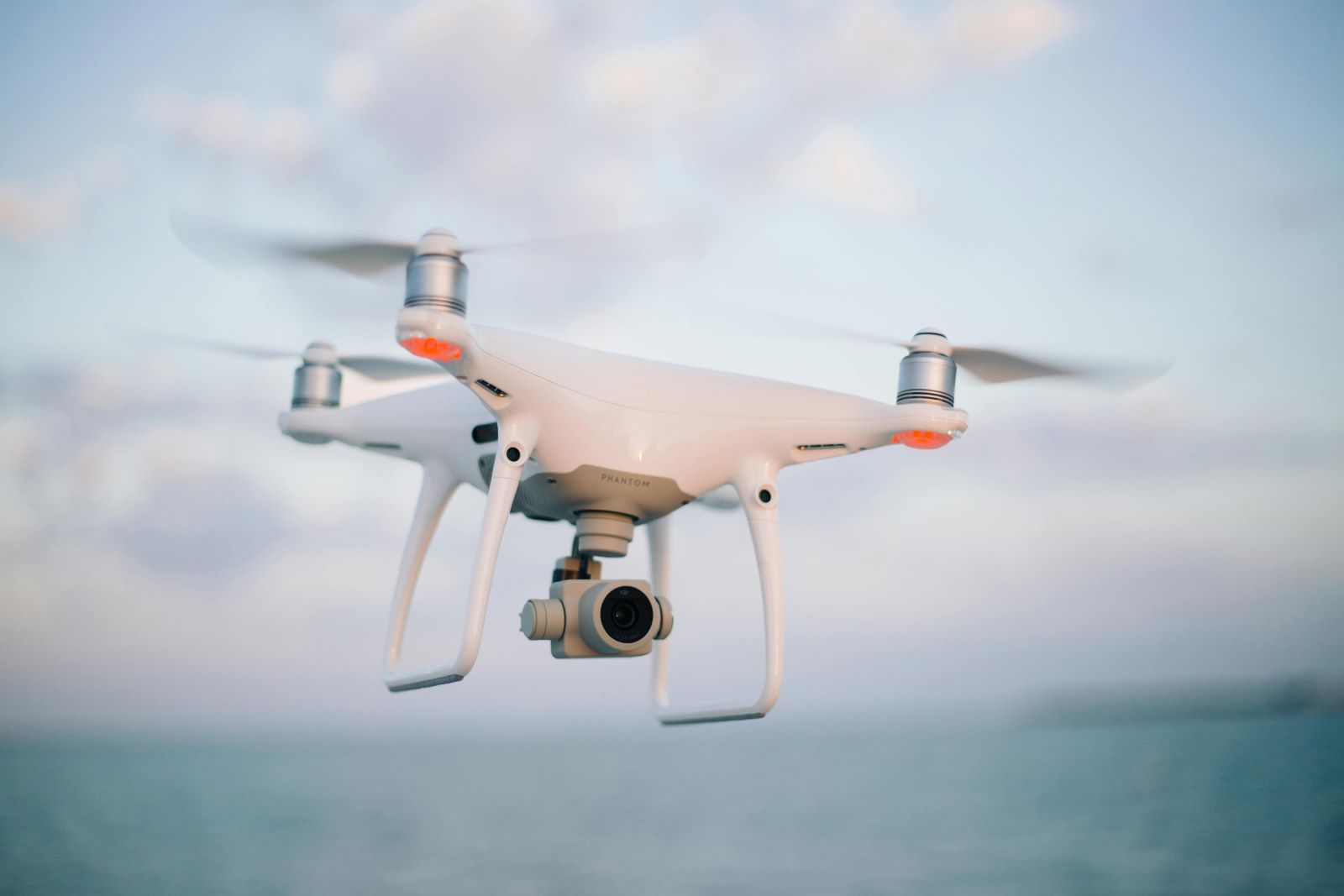
Image Credit: Pexels / Josh Sorenson
Drones and satellite imaging are just two of the new technological advancements that have been crucial in identifying, monitoring, and combating wildfires. Technology will likely continue to play an important role in future fire management strategies.
Public Awareness

Image Credit: Shutterstock / Elena11
As most large wildfires, like the Cow Valley Fire, are brought about by humans, it’s important to create campaigns that educate residents about the importance of fire safety and prevention. Although not all accidents can be prevented, areas that are likely to burn during the summer require extra caution.
Collaborating for the Better
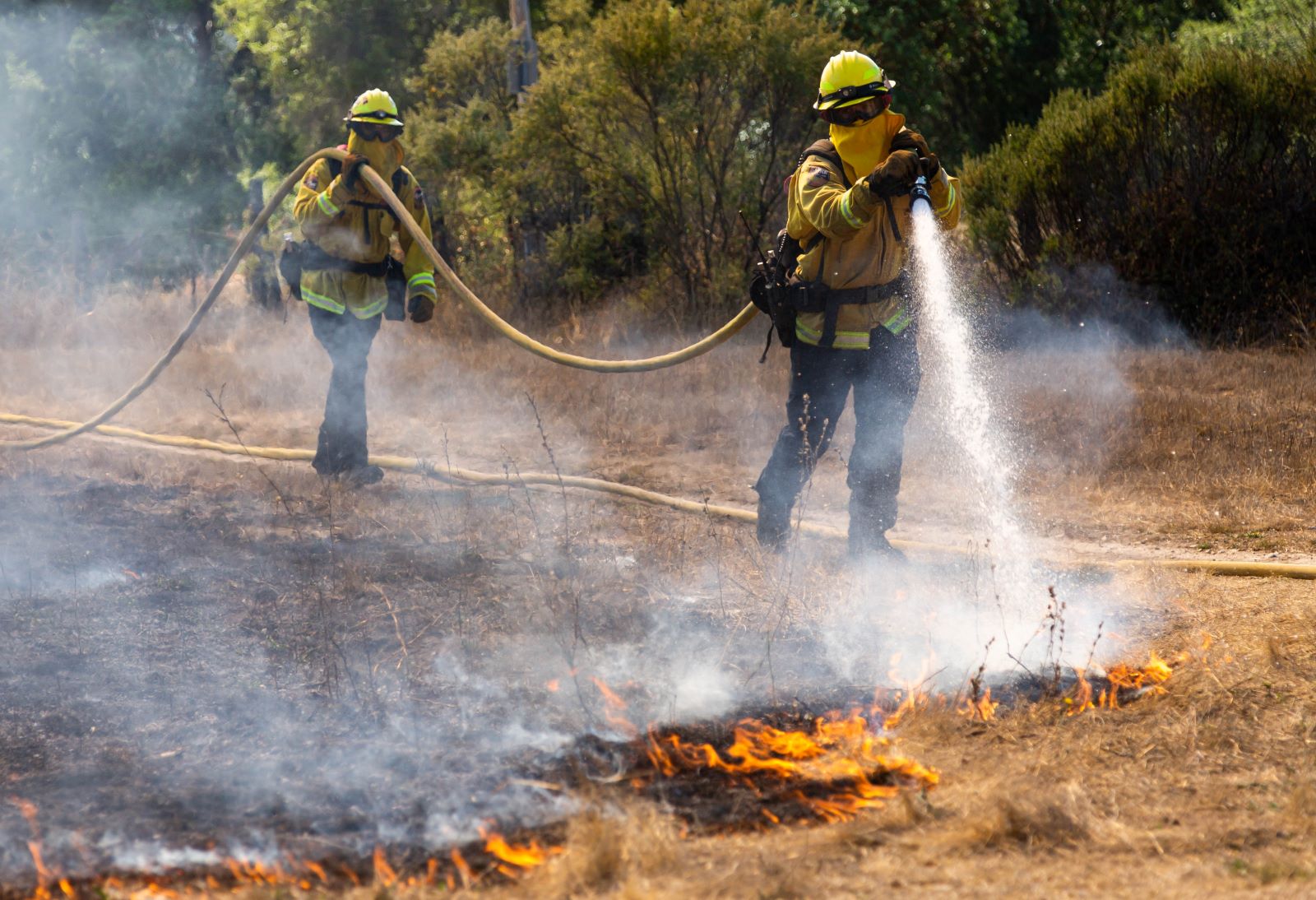
Image Credit: Shutterstock / Jaden Schaul
Federal, state, and local agencies are all important when it comes to handling extreme weather cases like these. Each group plays an important role in responding to wildfires and getting aid to residents in a timely manner.
Financial Implications

Image Credit: Shutterstock / Vlad Teodor
Wildfires are costly. Firefighters, property damage, and economic disruptions all cost both the governments and local communities.
Building a Fire-Resilient Future
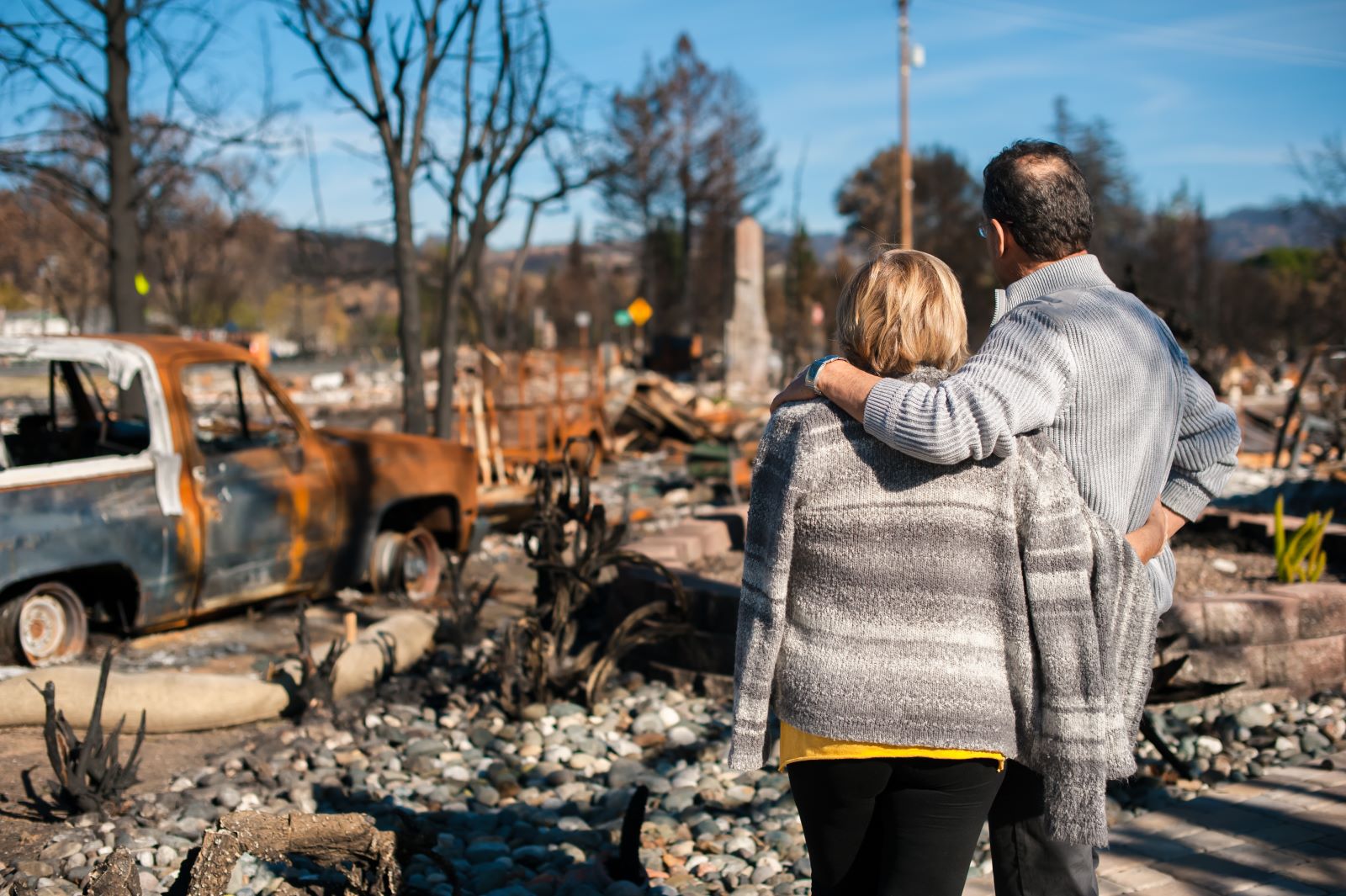
Image Credit: Shutterstock / Vlad Teodor
The future requires a multifaceted approach. Policy changes, community engagement, education, and investment in resources are all necessary next steps.
Oil Dumping Scandal Rocks Ships Heading to New Orleans

Image Credit: Shutterstock / Aerial-motion
Two shipping companies have been fined after knowingly hiding a large oil spill in the Atlantic Ocean. Oil Dumping Scandal Rocks Ships Heading to New Orleans
20 Eye-Opening Realities Facing Retiring Baby Boomers

Image Credit: Shutterstock / Jack Frog
As Baby Boomers approach retirement, the promise of leisure and security often seems unattainable. This generation faces unique challenges that could redefine retirement. Here’s a stark look at the realities shaping their outlook. 20 Eye-Opening Realities Facing Retiring Baby Boomers
Retail Apocalypse: Massive Closures Sweep Across U.S. Brands

Image Credit: Shutterstock / Tada Images
Stores across the U.S. are closing at unprecedented levels, according to new research from advisory firm Coresight Research. Read on for more information about the impact this could have on you and your communities. Retail Apocalypse: Massive Closures Sweep Across U.S. Brands
Featured Image Credit: Shutterstock / Christian Roberts-Olsen.

